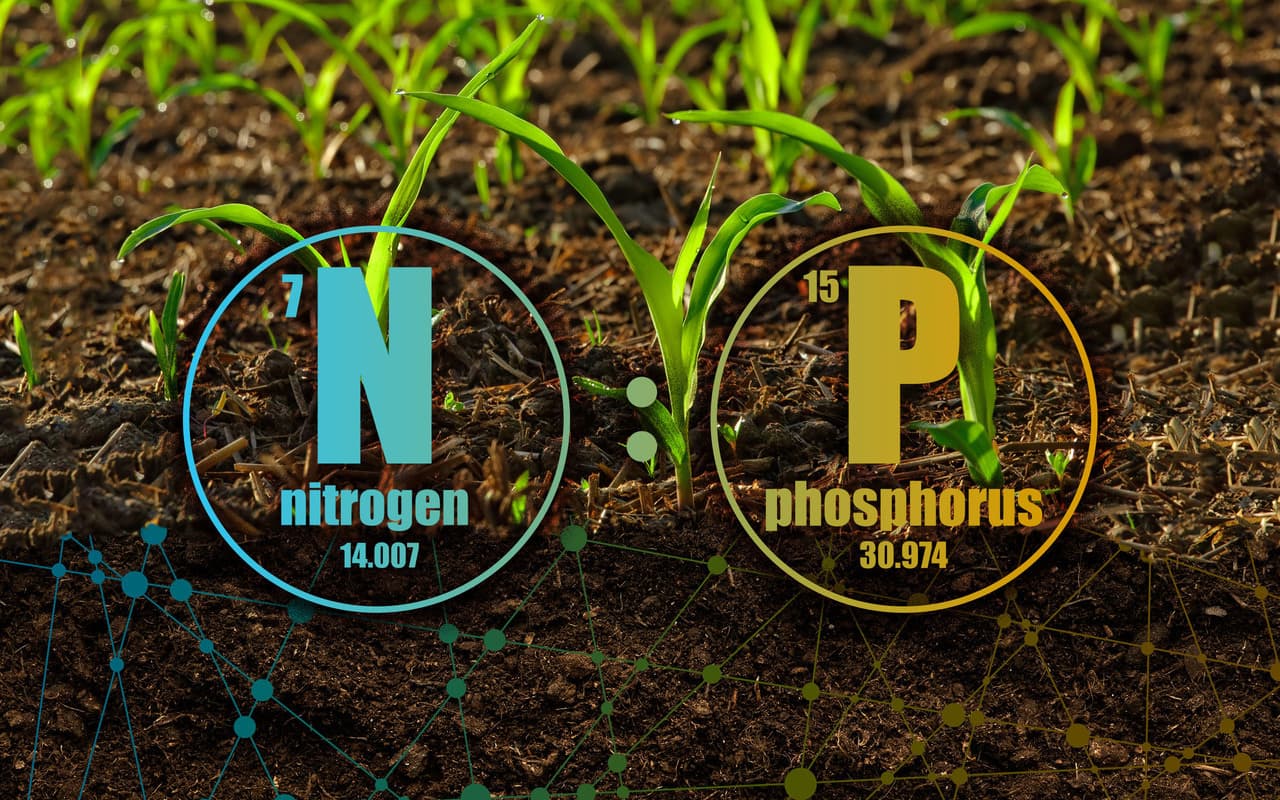Global Study: Phosphorus Limits 57% of Natural Terrestrial Soils, Co-limiting 21% in Tropics

Recent scientific findings underscore the complex nature of nutrient availability in soils, revealing that phosphorus (P) is a more widespread limiting nutrient globally than nitrogen (N), with significant co-limitation by both elements in tropical regions. This comprehensive understanding challenges previous paradigms and highlights the need for nuanced approaches to soil management and sustainable agriculture.
According to a recent study published in May 2025 in the Proceedings of the National Academy of Sciences by Cui et al., soil microorganisms are limited by P in 57% of natural terrestrial surface areas and by N in 39%. Crucially, 21% of these areas, predominantly in the tropics, exhibit co-limitation by both N and P. This research corroborates and expands on insights from organizations like Terraformation, which recently stated on social media:
"Nutrient limitation isn’t one‑size‑fits‑all. On highly weathered tropical soils, phosphorus often constrains growth, while cooler, younger soils more often lean toward nitrogen limitation—patterns that vary with site history and species."
This variability is deeply rooted in soil characteristics and environmental factors. Highly weathered tropical soils, often old, tend to bind phosphorus, making it less available for plant and microbial uptake. Conversely, cooler and younger soils, with different organic matter dynamics, frequently experience nitrogen scarcity. Soil pH, organic matter content, and microbial activity play critical roles in regulating nutrient cycles and their accessibility.
The implications extend beyond natural ecosystems to agricultural practices and even extraterrestrial applications. Researchers are exploring how to "terraform" Martian regolith for agriculture, where compost and legume cultivation are being studied to enhance nutrient availability. Understanding these complex soil-plant-microbe interactions is vital for improving crop productivity on Earth, particularly in nutrient-impoverished urban soils or those impacted by pollution.
Water status also significantly influences nutrient cycling, affecting transport, microbial activity, and chemical reactions within the soil. As highlighted by Bauke et al. (2022), water acts as a major control, either alleviating or exacerbating nutrient imbalances. The ongoing research into these intricate relationships is fundamental for developing resilient and productive agricultural systems in the face of global environmental changes.